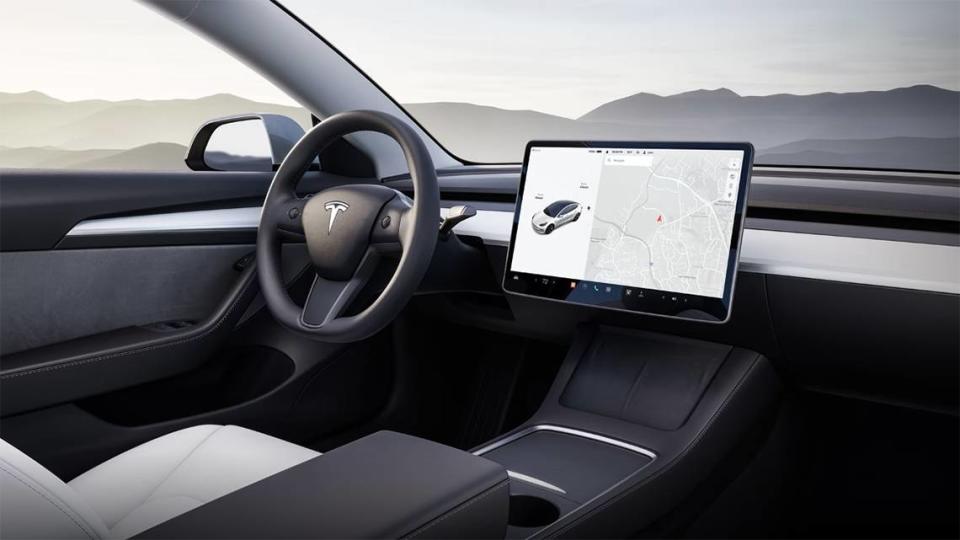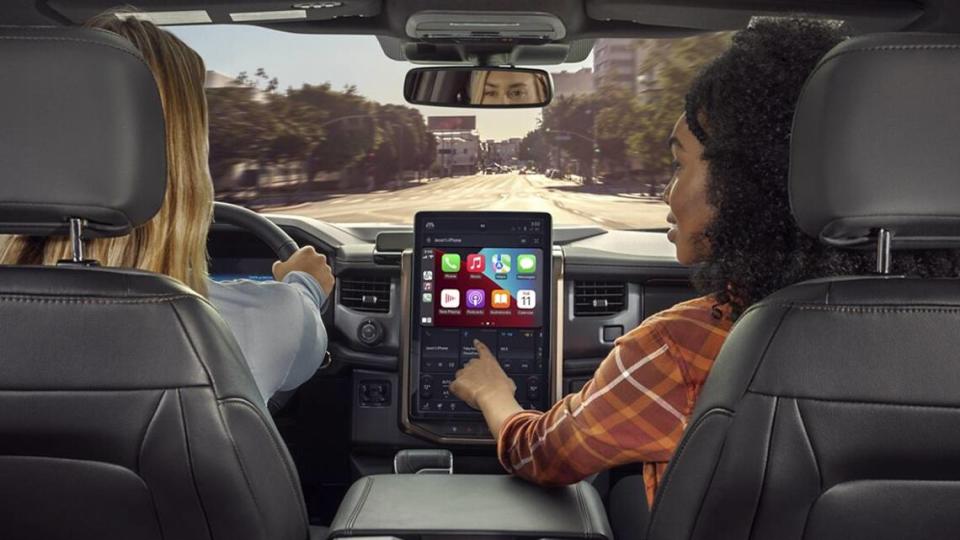Missouri finally banned texting and driving. That’s not the only deadly tech in cars | Opinion
Missouri lawmakers took an important step toward safer streets and highways by passing the Siddens Bening Hands-Free Law, finally making it illegal to hold or support a phone while operating an automobile. That means no more one-handed driving while clutching a phone to your ear, bracing the steering wheel with your knees as you tap out a text message, or — really, this happens — holding up the camera to shoot a quick TikTok for your followers as you dart down the road.
This commonsense safety measure was already in place for drivers 21 and younger in the state, so we have to ask: What took Missouri so long to come into the 21st century? Kansas started enforcing a similar law all the way back in January 2011, just four years after the introduction of the first Apple iPhone, and it wasn’t the first state to do so.
It’s a simple reality that government lags behind the blinding speed of technological innovation, which will always outpace society’s ability to keep up. Who can forget then-84-year-old Utah Sen. Orrin Hatch asking Facebook SEO Mark Zuckerberg in 2018 how the social network remained free to its users? “Senator, we run ads,” Zuckerberg replied, condescendingly.
Yes, we know: We elect lawmakers, not tech futurists. Nobody expects our leaders to foresee the potential dark side to every innovation. But we suggest that Missouri and Kansas legislators turn their attention to these potentially hazardous features that are already installed in many of the cars and trucks zipping alongside us on our roadways:
Touchscreen controls
It’s illegal to watch video while operating an automobile in both states, but screens in dashes are becoming standard equipment. As of 2018, all new cars sold in the U.S. must have backup cameras connected to a display for the driver, and many if not most of those screens double as controls for various features. In some models, they just run the stereo, but other manufacturers have made them central to the car’s operation.
“Touchscreens are a problem in cars,” said Bruce “Tog” Tognazzini. He should know. He’s one of the original designers of Apple’s principles of interaction between humans and computers beginning in the 1970s. His website AskTog.com is full of examples of why tech user interfaces succeed or fail
“I drive a Tesla, which has a very large touchscreen that you use for many of the controls,” he said. “I find I’m constantly having to take my eye off the road. When you’re driving, hazards are often less than one second away. So if I’m looking down at a screen for even three seconds at a touch control, that’s a really dangerous activity.”
Automakers know that. Brands such as Hyundai, Nissan and Porsche have been scaling back their use of touch controls in some of their offerings. But almost every function in a new Tesla Model 3 is accessible only via the 15” tablet that juts from the middle of the dash. And despite its non-glare coating, it isn’t immune to the sun. There’s a reason third-party sellers offer matte screen overlays.

The 2024 model of the Cadillac XT4 SUV, manufactured at General Motors Fairfax Assembly and Stamping in KCK, boasts a curved 33-inch screen that stretches to the passenger seat. And Ford’s Kansas City Assembly Plant builds the wildly popular F-150 pickup, available with a vertical touchscreen that sticks up over the top of the dashboard. Auto buyers like these infotainment systems, and it’s difficult to see how manufacturers could be persuaded to quit offering them.

‘Self-driving’ systems
Prodded by shipping giant Walmart, the Kansas Legislature pushed through a bill to allow autonomous trucks on the state’s roads at the end of the 2022 session — in a “gut and go” move, stripping language out of an unrelated bill and taking over its number at the last minute. Gov. Laura Kelly signed it.
But regardless of proponents’ claims, safe and efficient driverless automobiles are still not ready for prime time. Just last month, California ordered General Motors to take some of its Cruise autonomous taxis off San Francisco streets after high-profile incidents involving collisions, traffic snarls and one cab that took a nosedive into freshly-poured concrete.
Many academic researchers — not businesses with products to sell — warn that safe autonomous vehicles could still be decades away. Carmakers should have to meet extraordinary standards of proof before consumers take such a scary leap of faith.
Over-reliance on safety alerts
Related to the previous two points: Newer cars offer multiple cameras, blind spot sensors and electronic eyes that keep you from crossing over the center line. They’re designed to let you know about hazards you might not notice — but they can also lull you into a false sense of security, making you think it’s OK to take your full attention off the road.
These conveniences can also confuse drivers more than help. Some insurers, such as Progressive, recommend that motorists even disable certain tech assistance in their cars, especially those intended to make it “safer” to use entertainment systems.
High-powered headlights
Especially If you drive a sedan or hatchback, you’re probably all too familiar with being blinded from behind by the new breed of blue-white headlights that use LED or other high-intensity lamps. They’re especially a problem on pickups and SUVs, which show no signs of slowing down as the most popular automobiles on the road.
This is a fundamental safety hazard that should have been curtailed long ago. It took until 2022 for U.S. highway safety regulators to allow manufacturers to use “adaptive driving beam headlights” — technology that automatically dims the light when it hits another car. But there’s still a gap of several years’ worth of automobiles now sporting dangerous, white-hot bulbs at too high an angle for other drivers.
Personal responsibility time: If you see your headlights hitting the rear window or side mirrors of the car in front of you, you’re putting that driver in harm’s way.
Ultimately, it should be up to automotive manufacturers to provide proof that this new wave of technology makes driving vastly less dangerous than with admittedly imperfect humans behind the wheel. But the last thing our leaders should do is allow us civilians to become crash test dummies while Big Tech hammers out the details.


